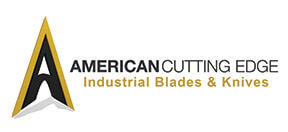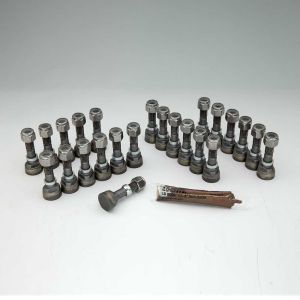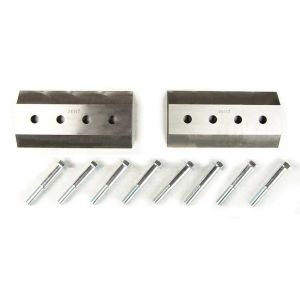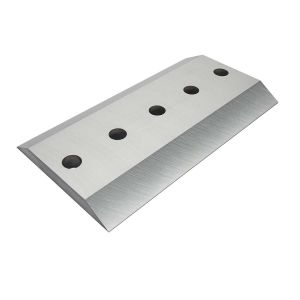Top Three Signs Your Chipper Anvil May Need Maintenance

Tree care professionals are well-acquainted with the importance of maintaining and replacing wood chipper blades on a regular basis. However, there's more to maintaining the performance of your machine than keeping up with your knives when they start to dull. One of the most neglected chipper parts, your anvil should be at the top of your maintenance list as well. Properly maintaining the anvil in addition to the knives helps your chipper's engine run efficiently and allows your equipment to do its job.
The anvil is a stationary metal bar mounted to the chipper's housing that supports the end of the logs as the chipper knife cuts them. Proper fit and condition of the anvil is absolutely critical in order for your chipper to function and perform as it should. For every three to four sets of replacement blades, the anvil needs to be completely replaced. Because of this part's longevity, it can easily be overlooked as part of a regular maintenance routine in lieu of other fixes when machine quality is faulty.
Chippers come in a variety of styles and mechanical configurations. No matter what brand of wood chipper you're running, proper equipment maintenance and safety procedures will help ensure you're protecting the investment you've made in your business. To properly service and/or replace your machine's anvil, refer to your specific user manual.
Know the Signs of Anvil Wear of Poor Chip Quality
The main symptom of anvil wear and tear is unsatisfactory chip quality. Over time, the anvil will wear causing a gap between the anvil and the knife to widen.
According to the Tree Care Industry Association, if your blades are new, or recently sharpened but you see:
- Stringy slivers in the chip
- Too much dust
- Uneven chunks
The anvil gap could need adjusting or the edges may have become rounded. Before doing any checking or maintenance, make absolutely certain the clutch is disengaged, the engine is off, and the drum has come to a complete stop. Additionally, install the drum lock pin, disconnect the battery, and make sure you have the key. To be safe, put it in your pocket.
Check the Anvil to Knife Clearance
Clearance, also known as the gap, should be checked every time the knives are changed at the bare minimum. A good best-practice is to inspect this weekly. Check your maintenance manual to understand the steps necessary for your specific chipper. Most of today's chippers allow access to turn the anvil to expose a new edge to the knife. The new square edge provides an exact edge for slicing material.
Improve Productivity
A properly maintained anvil allows your chipper to produce output exactly as it was designed to do. Smaller, even chips help pack your truck tighter and decrease the number of trips you have to take to the dump site.
Your chipper will run better and you'll save on fuel costs and man-hours by avoiding the extra hauls to the site.
Aftermarket Anvil Support
American Cutting Edge understands the shortage of aftermarket support for anvils and the challenges of ordering replacement parts from the OEM. As we move through 2019, we will be expanding our tree care product line to include American Cutting Edge brand anvils compatible with most major OEM chippers on the market.
At American Cutting Edge, our goal is to make cutting effortless for our customers. This product line expansion will provide tree care professionals a major convenience to order replacement chipper blades, wear parts, and anvils from a common source,





